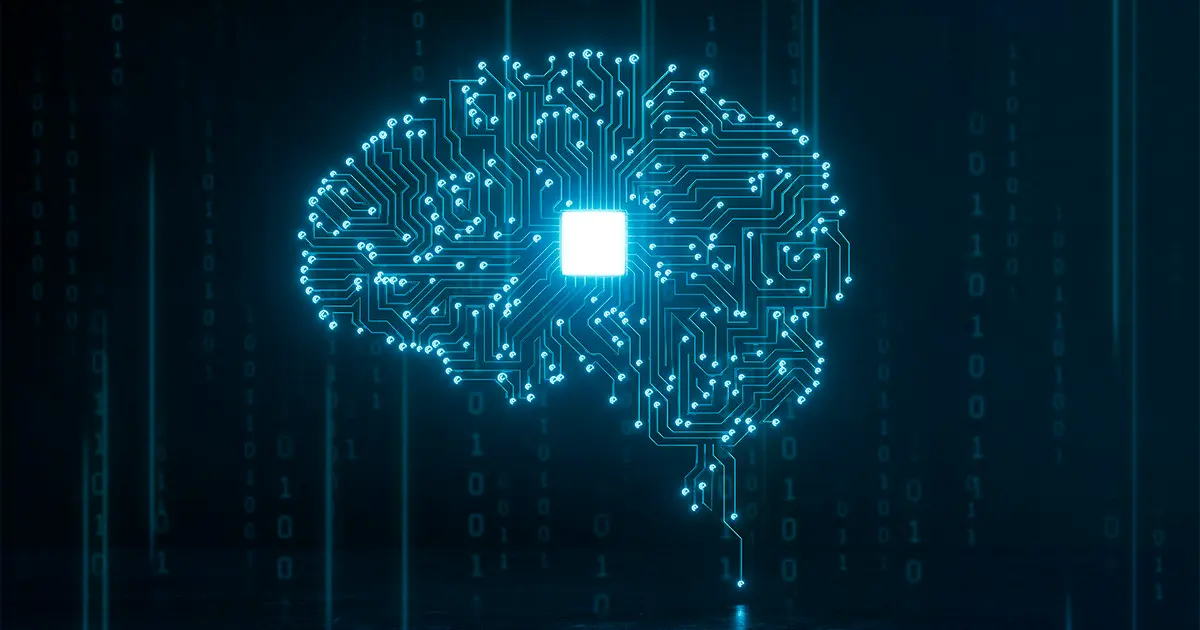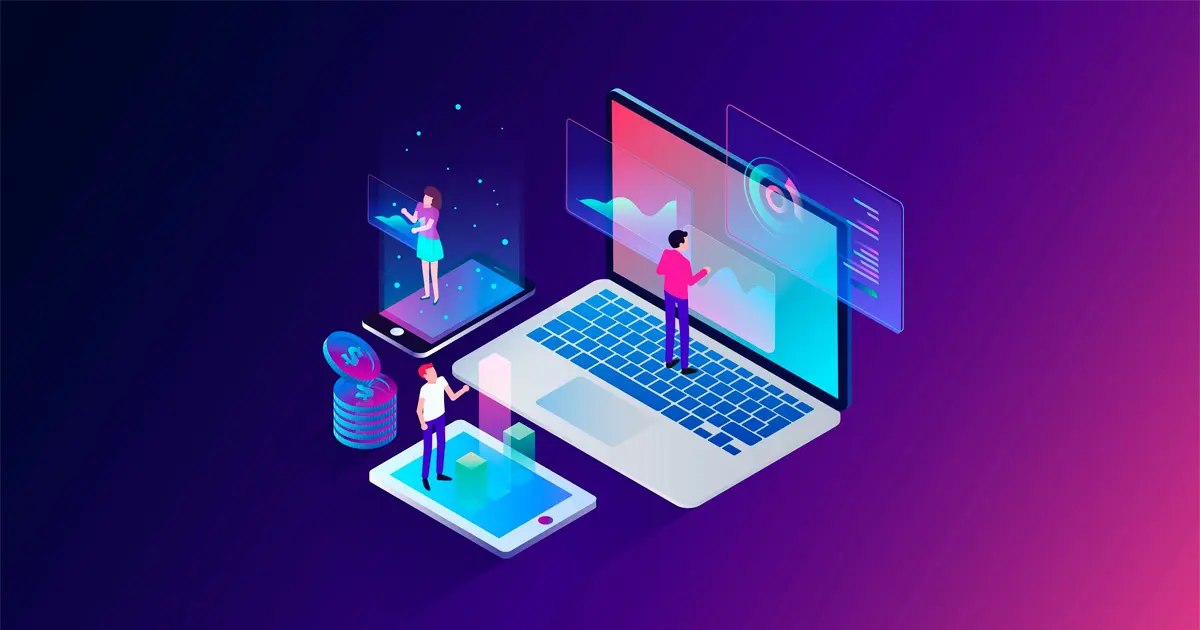A year or so ago, TIDWIT was faced with the question many businesses are now facing: How to harness AI. In our particular case, as an ecosystems platform tech company, it was also how to harness AI within ecosystems to serve our customers better. At first view, AI technologies, while fascinating, were mostly ANI (Artificial Narrow Intelligence), which is basically somewhat single purpose, like a robot or car that can do single tasks but nothing else. AGI (Artificial General Intelligence) that was multi-purpose seemed still ways off. As a tech company, we felt that we needed something more or less in the middle but didn’t really know whether it existed or not. So, we set about asking ourselves three main questions:
- What are some of the latest AI tools that were relevant and what is their focus?
- Which are the most effective tools and why?
- Can these tools be applied to scenarios for ecosystem enablement?
Researching what the latest AI tools do:
The first question of what AI could do took time as many new AI tools are propping up almost every day for different functions. There was AI in transportation and spatial recognition. There was AI in design and graphics. There was AI in text, sound, imaging, and in video. Some tools were revolutionary; others were renaming non-AI automation features as AI simply to appeal to potential buyers. Filtering through the noise, looking for the real signals, helped us understand what really mattered and to define what to focus on and where.
Figuring Out Which AI Areas To Focus On
Two categories of generative AI tools emerged as most relevant to what we do at TIDWIT, and both had to do with knowledge and content: Graphical and textual AI. We felt both were relevant as ecosystem enablement fundamentally handles lots and lots of content. Any typical ecosystem node within TIDWIT could house at any one-point tens of thousands of digital assets. If we could utilize them to train generative AI, it would open up a world of possibilities for ecosystems that did not exist before.
In particular, the category of generative AI that we found most compelling (and which does really well with content) utilizes Large Language Model (LLM) developed using neural networks that emulate how we as humans learn and synthesize knowledge. These models were initially trained by human intervention—basically acting as teachers to infant artificial intelligence. Over time, these models gained higher and higher degrees of confidence and accuracy to become quasi self-sufficient with the ability to generate . What they lack of course is context, which could be seen as content. That is precisely what enablement ecosystems can provide (through content types such as courseware, knowledge, reports, e-books, whitepapers, etc. …).
In analyzing how these tools could help us drive automation, we found tools like Chat GPT presented compelling ways to not only ingest content, but to digest, and produce synthesized variations of output around it. Meaning, GPT could be trained to understand ecosystem content and serve as support and/or tutor unique to each organization and its own content repository . TIDWIT’s ecosystem enablement workloads (Learning, ECM, Content Sharing, Campaigns, …) could all integrate with AI on the backend to feed content and make the ecosystem ever smarter.
What implications do these tools have on ecosystems enablement?
As the TIDWIT network of ecosystems houses content with hundreds of thousands of digital assets from hundreds of providers, ecosystem-wide AI has quickly became our focus. What has transpired has been the development of an AI ecosystem infrastructure with AI friendly workloads, all of which could be delivered through the nodal architecture anywhere in the ecosystem in a matter of seconds. No need to code. No need to install. No need to integrate. AI is built into the platform and can delivered to any end-point within the ecosystem.
Consider the following scenarios: A hospital system wanting to deliver AI-driven image diagnosis to field hospitals that lack enough medical staff. Educational institutions within an enablement ecosystem, boosting it with AI online tutors that can deliver feedback from thousands of research documents and white papers housed within the ecosystem. A manufacturing conglomerate orchestrates the distribution of information with the latest safety regulations with the ability to do live Q&A. A government ecosystem that launches a new program to ready federal, state, and local agencies on the latest laws coming out supporting human rights and which provides real time information synthesized from all the relevant agencies. A large IT organization that wants to upskill millions of SMBs within its ecosystem but does not have the ability to tutor them individually. The scale, reach, and engagement of some of these scenarios would have been wishful thinking a mere couple of years ago. None are anymore, as evidenced by TIDWIT real life scenarios for each of them.
Merely a year ago, integrating AI within our platform was a pipedream. AI is now beefing up our ecosystem platform value with more power and intelligence delivered to our customers than ever before. It is helping our customers enable their ecosystem faster, in smarter ways, at a lower cost, and to a wider scale of footprint. Ecosystem AI is TIDWIT’s future and it is happening now!
Stay tuned for awesome upcoming launch announcements …






